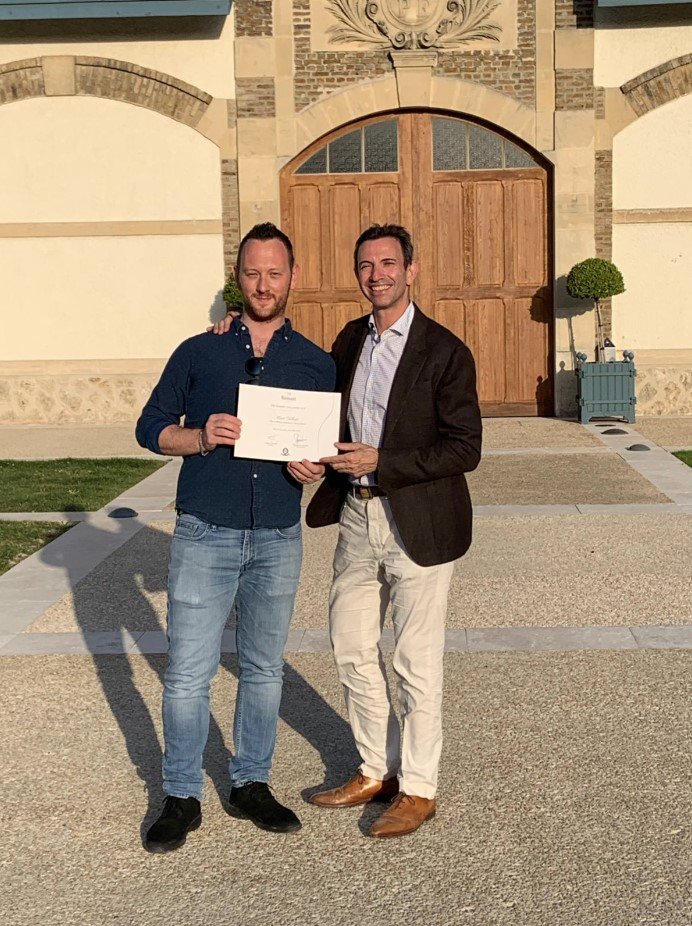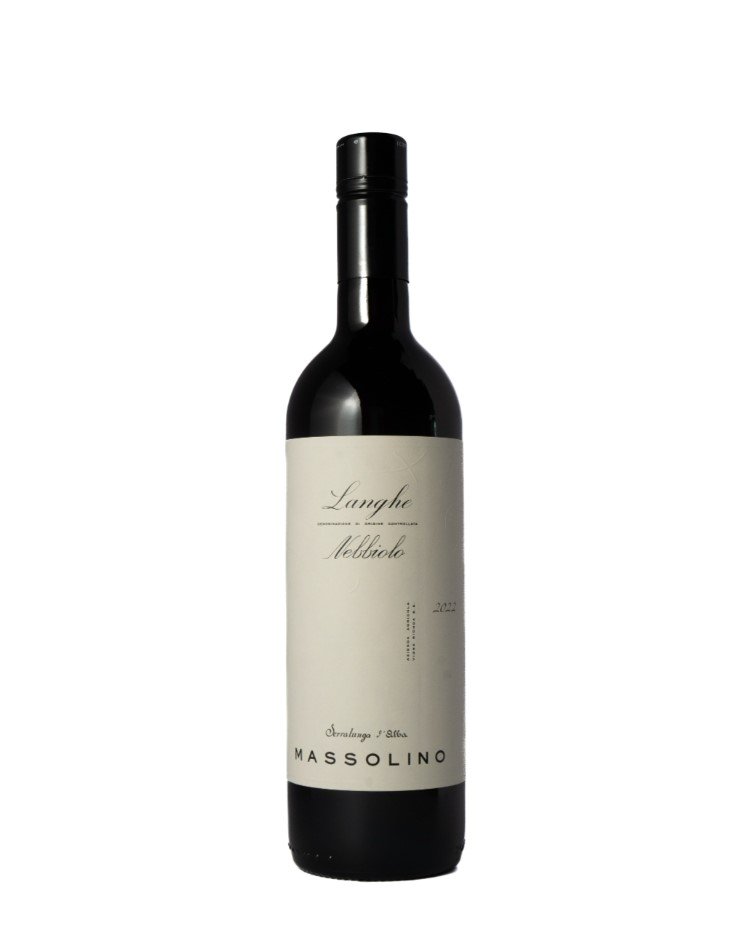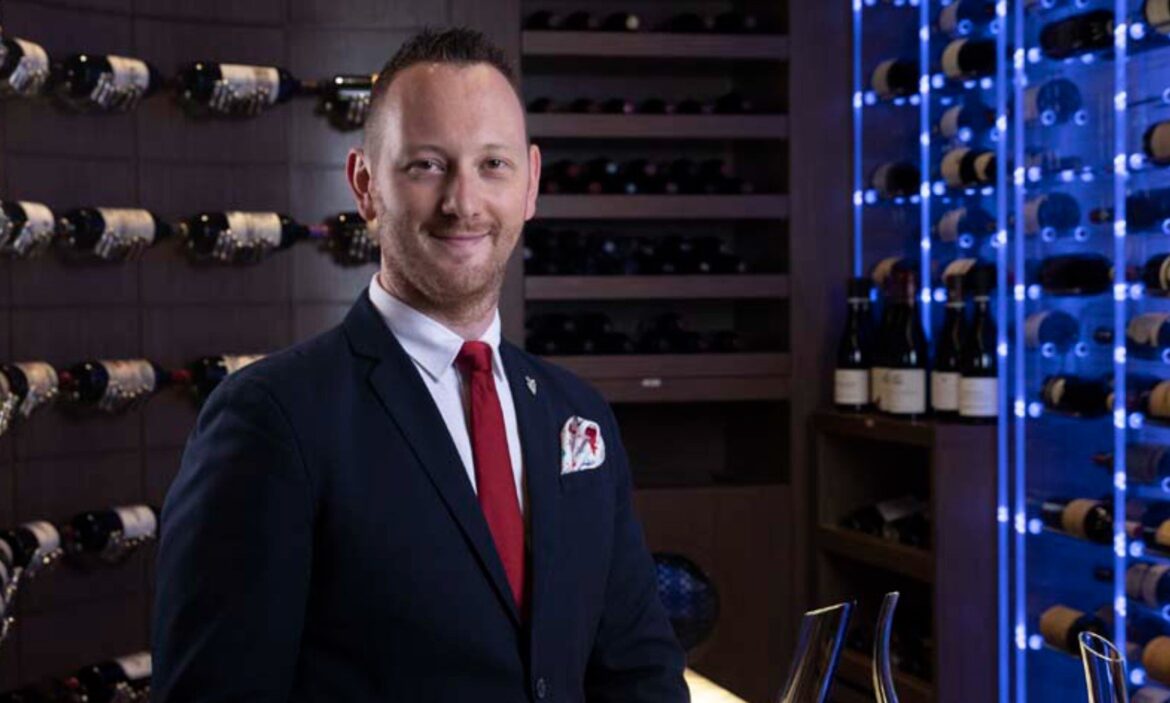In Italy, the role of the sommelier is now so established and widely recognised that it has become part of the country’s food and wine landscape, whereas in Australia it gained real traction only in more recent years.
Fifteen years ago, it wasn’t unusual for diners to look at a sommelier with suspicion, or worse, confuse the word with “Somalian” because of the similar pronunciation in English.
Mirco Tarducci, like many young Italians in the early 2000s, decided to leave Italy – in his case Orbetello, in the province of Grosseto – and try his luck in Australia.
With hospitality experience already behind him, he arrived in Perth in 2012 and quickly found work in the local restaurant scene. His passion for wine, however, didn’t emerge immediately, even though he grew up surrounded by Tuscany’s Sangiovese reds and the many Piedmontese bottles sold by his maternal grandfather.
He later spent several years at Lalla Rookh, a well-known Italian wine bar in Perth, where under the guidance of owner Jeremy Prus he discovered the world of wine – and was hooked for good.
After obtaining Australian citizenship, Tarducci moved to Asia, where he began working with renowned Michelin-starred chef Umberto Bombana, owner of several award-winning Italian restaurants in Macau, Hong Kong, Shanghai and Beijing. Bombana is known in the industry as the “King of White Truffle” and is the only Italian restaurateur to hold three Michelin stars outside Italy.
The years Tarducci spent in Macau as head sommelier at 8½ Otto e Mezzo Bombana (named after Chef Bombana’s favourite Fellini film) marked a turning point in his career. He managed an extensive wine list dominated by Italian classics and emerging labels, while coordinating a full team of sommeliers.
One particular opportunity shaped his professional path. “In 2019 I entered a global wine competition organised by the Champagne house Ruinart—the Ruinart Sommelier Challenge,” he recalls.
“Ruinart is the oldest Champagne house, founded in 1729 in Reims. It’s now part of Louis Vuitton Moët Hennessy and still considered the benchmark for quality.”
The competition involved a series of technical questions about Ruinart’s history and Champagne in general, along with blind tastings.
“With a bit of luck and a bit of preparation, out of 30 finalists, I was named the winner,” he says modestly.
And what does the winner receive? “A fully paid week in Champagne as a guest of the Maison. Visiting their historic underground cellars, the crayères—ancient Roman chalk quarries and now UNESCO-listed, it was incredible,” he shares.
“During World War II, they were used as hiding places by members of the Resistance.”
He also visited other wineries in the region, tasted local dishes in Michelin-starred restaurants, and together with winners from other countries even took a hot-air balloon flight over the northern Champagne vineyards.
Tarducci fondly recalls spending time with Ruinart’s former chef de cave, Frédéric Panaïotis, who sadly passed away a few months ago in a car accident at the age of 60. “He died doing something he loved as much as making Champagne,” Tarducci says.

Mirco Tarducci with the late Frédéric Panaïotis
Winning the Ruinart competition opened the doors to high-end dining, with several Michelin-starred restaurants in Italy reaching out. But in 2019 came the news that he and his wife were expecting a child. “My wife, who also worked in a Michelin-starred restaurant in Macau, has family in Australia,” he explains.
“So we decided to come back. Perth was the obvious choice—we already knew the city and had strong connections there.”
Today, Tarducci works long shifts—about ten hours a day—at The Heritage, a restaurant and wine bar in Perth. His work week runs over four consecutive days, giving him three days off to spend with his family and study.
“In August 2024 I passed the Advanced level of the Court of Master Sommeliers on my first attempt. Now I’m preparing for the Master Sommelier exam,” he announces.
There are fewer than 300 Master Sommeliers in the world. Many candidates spend a decade or more trying to achieve the title, sometimes at the cost of their personal lives. Others eventually abandon the goal to prioritise their families.
“To pass the MS exam, you need technical preparation and commitment. It’s also a financial investment because blind tasting requires wines from all over the world—ideally tasted in groups to compare notes and learn together.”
There’s also the cost of travel to the exam venue, which until last year was overseas. “Thankfully, the MS exam is now offered in Sydney. Before this year, you had to fly to England or Austria,” he recalls.
So why do it? “Good question,” he laughs. “I think the answer is personal. For me, it’s the challenge.”
Hoping he’ll one day add those hard-earned letters after his name, we end the interview by asking about his favourite wine. “Being Tuscan, Sangiovese is in my blood. But if I had to choose one last wine to drink, it would definitely be a Nebbiolo-based red,” he reveals.

Massolino Langhe Nebbiolo DOC
From one of his favourite Piedmontese producers, a red Nebbiolo: elegant, fresh, with firm tannins and notes of red berries like cherry and darker fruits like mulberries.
His preferred pairing is with pappardelle with porcini mushrooms, black truffle reduction, Parmigiano cream and fresh black truffle. “The typical aromatics of Nebbiolo match beautifully with the earthy, autumnal flavours of mushrooms and truffle,” he explains.
“It also balances well with the savouriness of the Parmigiano cream, which helps soften the tannins. The wine’s freshness cuts through the richness of the dish while enhancing the flavours across the palate.”
He also enjoys it with Piedmontese classics like Pollo alla Marengo, or with the semi-aged cheese Testun al Barolo.


Dining and Cooking